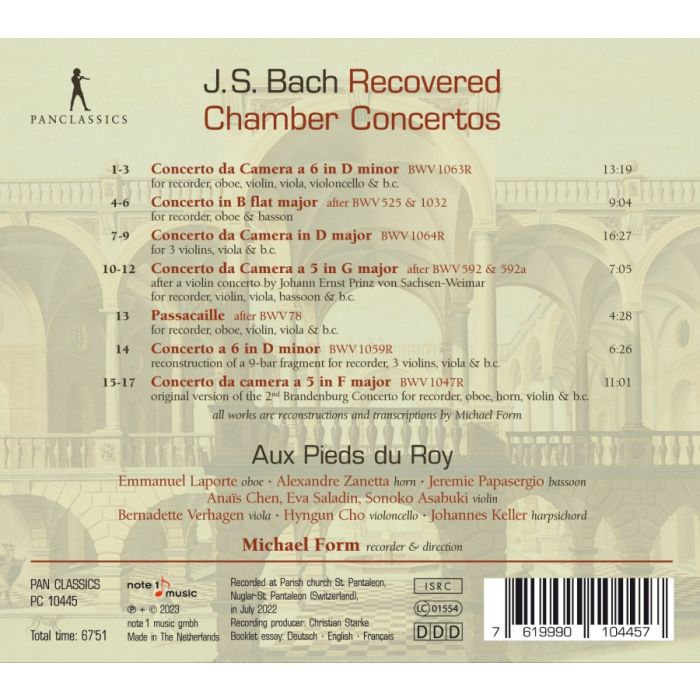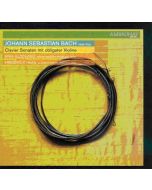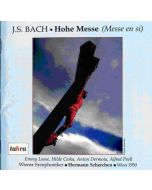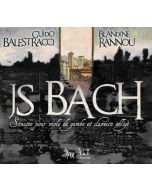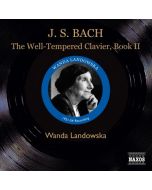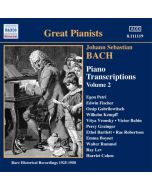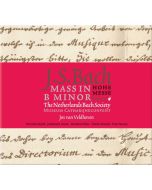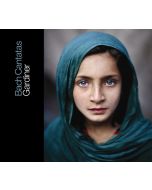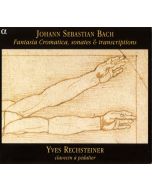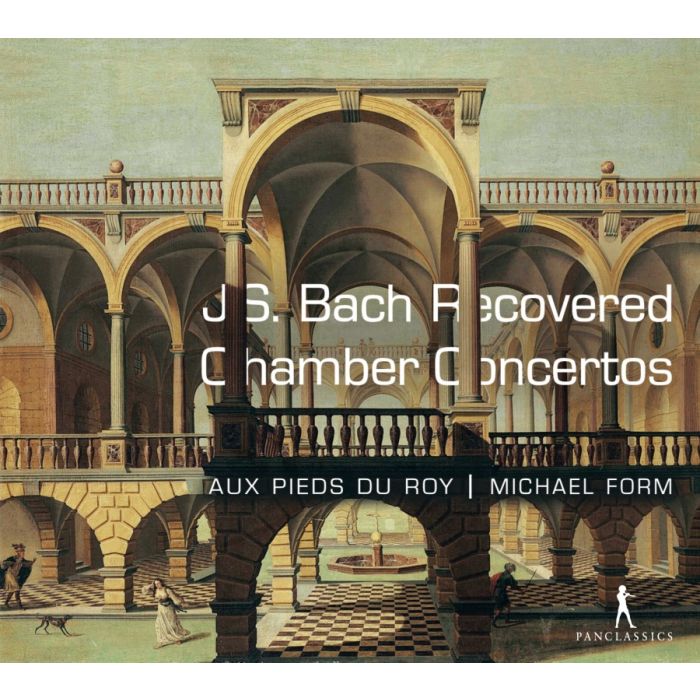
(Produkt nie został jeszcze oceniony)
kompozytor
Bach, Johann Sebastian
tytuł
Bach: Recovered Chamber Concertos
wykonawcy
Aux pieds du Roy, Form, Michael
nr katalogowy
PC 10445
opis
Johann Sebastian Bach was an incredibly good "recycler" of his own music and reused much of what he had already composed in a different form. For the concerts of the Collegium Musicum, which had been taken over from Telemann, in the famous Café Zimmermann, he needed a large number of instrumental pieces. This was also a special opportunity to perform music for up to four harpsichords - a field of experimentation that must have been extremely appealing to Bach as a legendary keyboard virtuoso. These harpsichord concertos in particular probably all have a Weimar prehistory as chamber concertos for various solo instruments in versions that are unfortunately lost today.
• Konzert B-Dur nach BWV525 & 1032 für Blockflöte, Oboe & Fagott
• Concerto da Camera D-Dur BWV1064r für 3 Violinen, Viola & Bc
•Concerto da Camera a 5 G-Dur nach BWV592 & 592a für Blockflöte, Violine, Viola, Fagott & Bc
• Passacaille nach BWV78 für Blockflöte, Oboe, Violine, Viola & Bc
• Konzert a 6 d-moll BWV1059r (Rekonstruktion eines Fragments für Blockflöte, 3 Violinen, Viola & Bc)
•Concerto da Camera a 5 F-Dur BWV1047r (Originalversion des Brandenburgischen Konzerts Nr. 2 für Blockflöte, Oboe, Horn, Violine & Bc)
Michael Form sets about reconstructing these original versions with great detective instinct. However, the focus is not only on the reconstruction of the works, but also on the rediscovery of an entire genre: the concerto da camera, in which several solo instruments perform together without orchestral accompaniment.
Works:
•Concerto da Camera a 6 BWV1063r für Blockflöte, Oboe, Violine, Viola, Cello & Bc
• Konzert B-Dur nach BWV525 & 1032 für Blockflöte, Oboe & Fagott
• Concerto da Camera D-Dur BWV1064r für 3 Violinen, Viola & Bc
•Concerto da Camera a 5 G-Dur nach BWV592 & 592a für Blockflöte, Violine, Viola, Fagott & Bc
• Passacaille nach BWV78 für Blockflöte, Oboe, Violine, Viola & Bc
• Konzert a 6 d-moll BWV1059r (Rekonstruktion eines Fragments für Blockflöte, 3 Violinen, Viola & Bc)
•Concerto da Camera a 5 F-Dur BWV1047r (Originalversion des Brandenburgischen Konzerts Nr. 2 für Blockflöte, Oboe, Horn, Violine & Bc)
nośnik
CD x 1
wydawca
Pan Classics
data wydania
7.02.2023
EAN / kod kreskowy
7619990104457
68,00 zł
Produkt na zamówienie
Wysyłka ustalana indywidualnie.
Darmowa wysyłka dla zamówień powyżej 300 zł!
Darmowy kurier dla zamówień powyżej 500 zł!
sprawdź koszty wysyłki